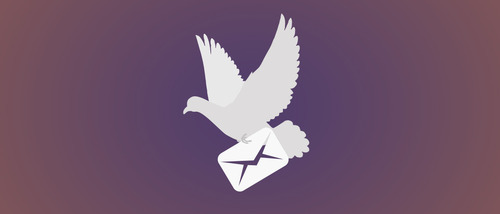
It's a well-known fact that physicians tend to share a propensity for A-type personalities. When told they can't do something that they know is right for patients, they have a way of finding a workaround.
Yesterday, The New York Times posted a thoughtful article by Julie Creswell about the lack of systemic medical record sharing despite billions of dollars in national investment in electronic health record technology. "Doctors and hospital executives across the country say they are distressed that the expensive electronic health record systems they installed in the hopes of reducing costs and improving the coordination of patient care — a major goal of the Affordable Care Act — simply do not share information with competing systems."
What we see at Doximity is an emerging trend of physicians finding ways to share records by maneuvering outside the confines of institutional and EHR systems. In a sector that still relies on 15 billion pages of faxes each year, doctors are getting creative to digitally share medical records. They're turning to social networks.
Over 300,000 US physicians have joined Doximity to share and read HIPAA-secure messages - making the network far larger than any EHR (even Epic). While only 14% of physicians have access to EHRs-based record sharing systems, any doctor can go "off-the-grid" to send through a private network. Networks are entirely physician-to-physician and independent from the economics that drive large health system policies.
While Doximity began as a professional network and directory for physicians, HIPAA-secure messaging quickly proved to be in high demand by physicians struggling to navigate the fragmented and often-isolated medical sector. This led to rapid membership growth in rural areas such as Alaska, where providers were starved for peer communication to support the care of their patients. The grassroots growth of messaging across Doximity’s social network shows just how thirsty physicians are for ways to communicate. Here’s how one physician puts it:
"In our disconnected healthcare system, coordinating care for a chronically ill patient is an immense challenge. I can think of several instances where having access to a large database of doctors has really improved patient care. We had a chronically ill elderly person who travels to a different state in the winter months. She had seen another doctor in the other state but was unable tell us the outcomes of their visits. Doximity allowed me to quickly find and contact this other physician thereby allowing me to coordinate her care in real time rather than waiting for records to be faxed over. Fortunately, we found out about all her medication changes and testing that had already been done" --- Shabbir Hossain, MD
What would the parallel be for this behavior outside of the medical sector? For most of us, being legally-prohibited from using email or SMS would be unthinkable. It would be ludicrous to use Snapchat for communicating with colleagues instead of email.
And yet, every day, thousands of physicians securely send records through these independent, doctor-to-doctor, social network-based channels. Medicine is an information profession. Physicians will never cease to be creative and resourceful when it comes to improving patient care. Physicians don’t care that interoperability is a regulatory quagmire, they just need to get the charts sent.
Peter Alperin, MD is VP and GM, Connectivity Solutions at Doximity. Email for more data on the secure messaging trend among Doximity physicians.
